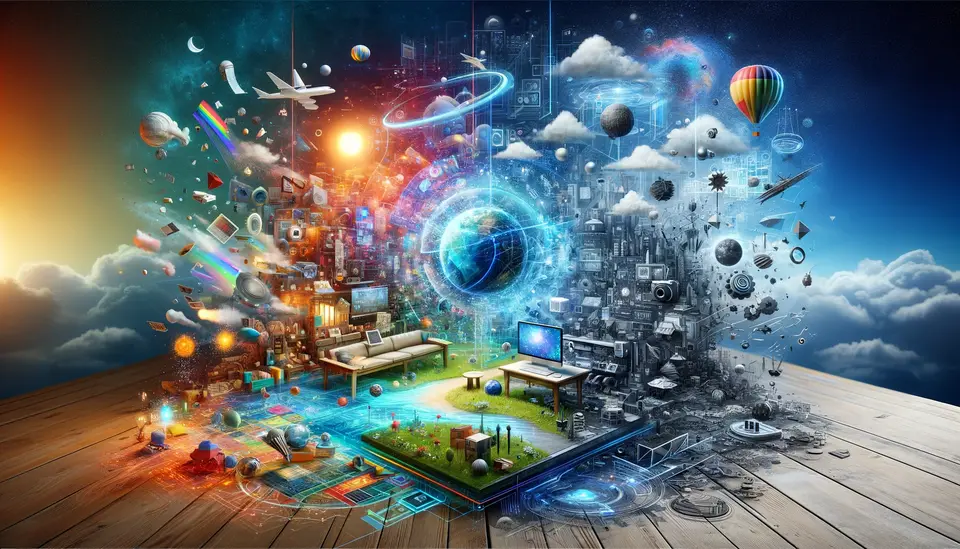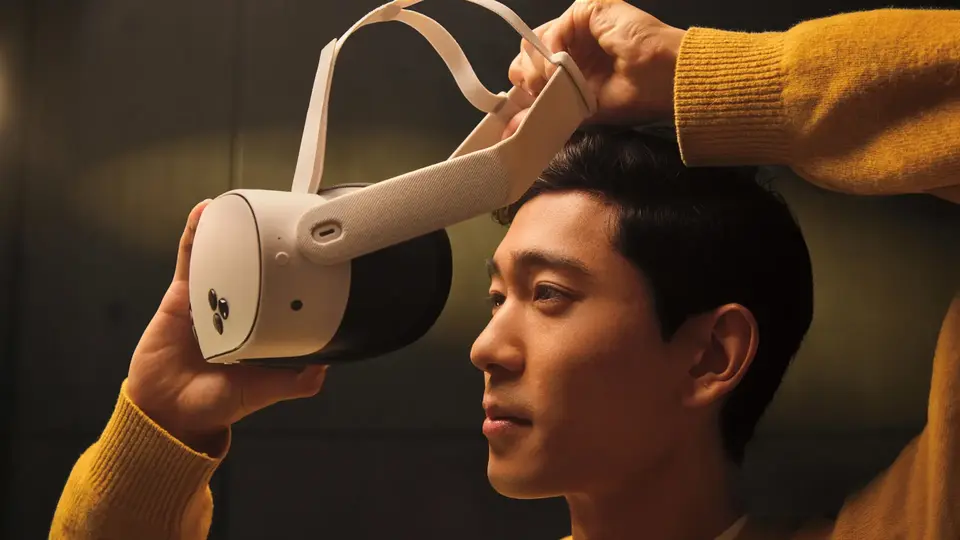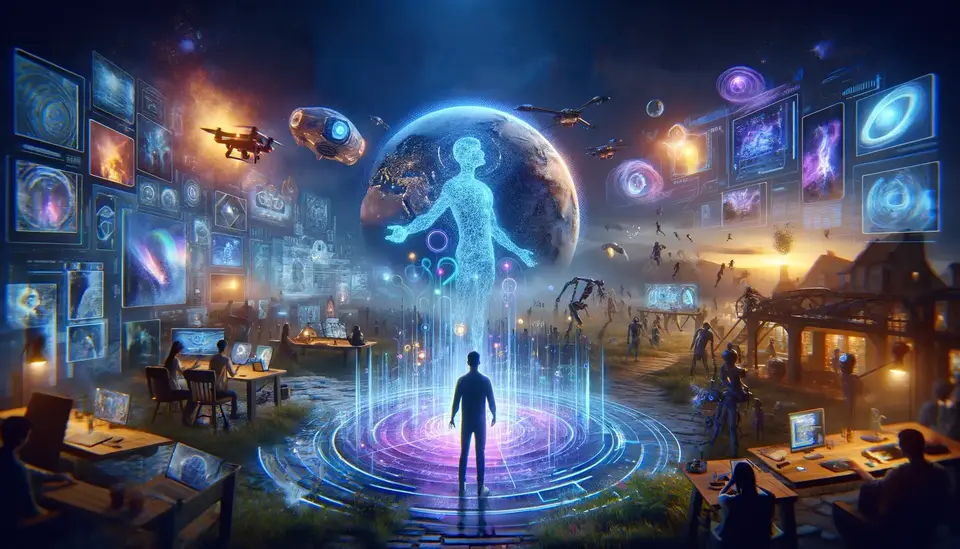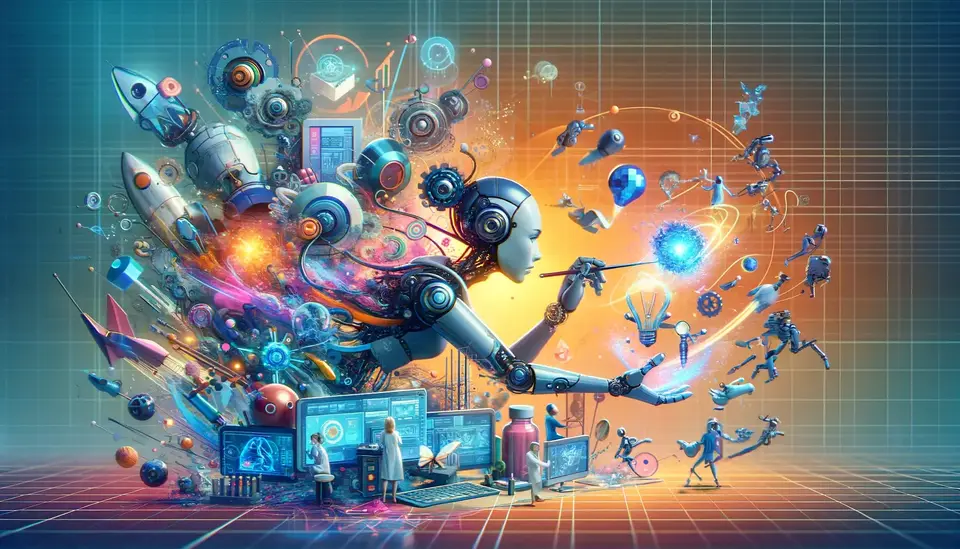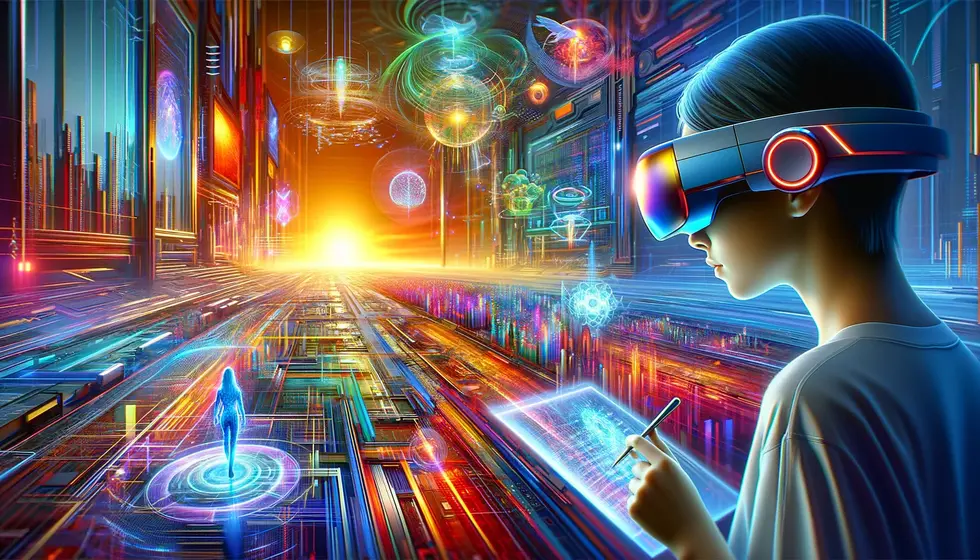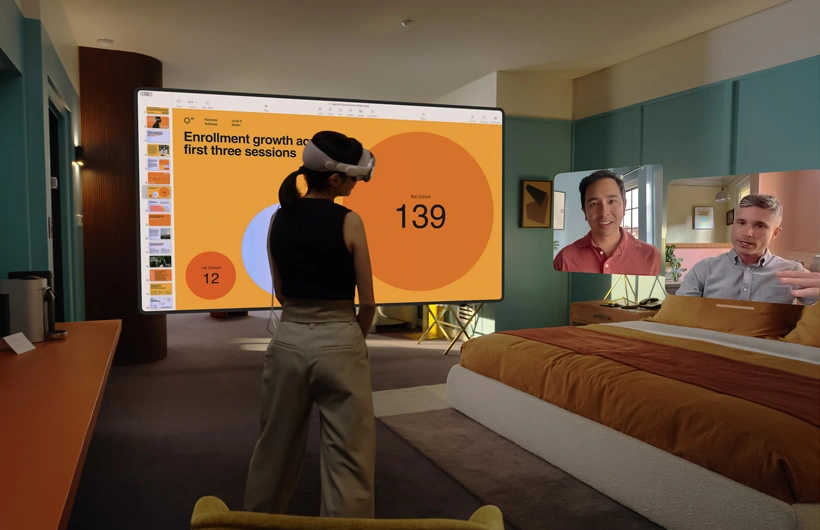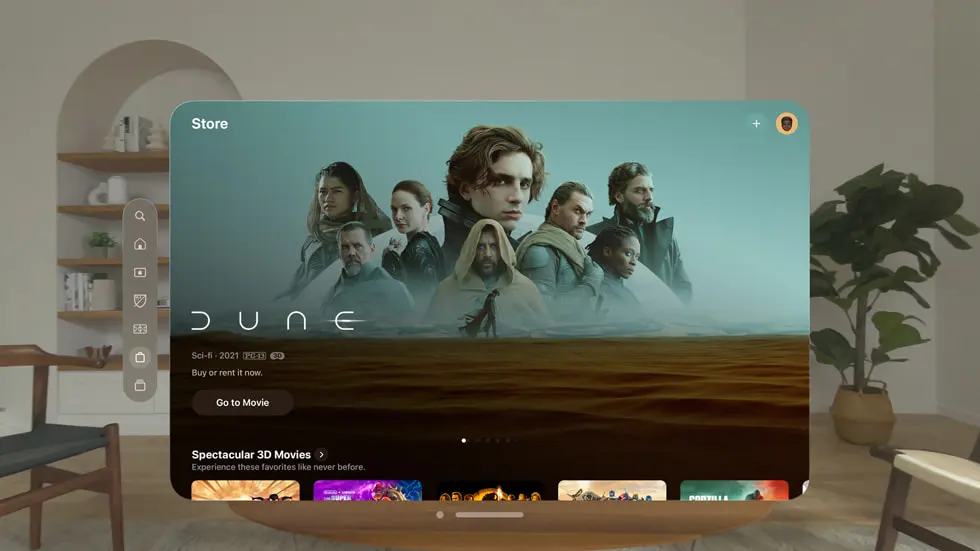Sora's Impact on Mixed Reality Content Creation
Posted on February 28, 2024 8 minutes 1685 words
Table of contents
- 1. Introduction
- 2. The Evolution of MR Content Creation
- 3. Technical Aspects of Sora in MR
- 4. Enhancing MR Experiences with Sora
- 5. Streamlining MR Content Production with Sora
- 6. Creative and Practical Applications of Sora in MR
- 7. Sora’s Role Across Industries in MR
- 8. Challenges and Future Directions
- 9. The Future of MR with Sora
- 10. Conclusion
1. Introduction
A. Definition and Overview of Mixed Reality (MR)
Mixed Reality (MR) combines real and virtual worlds to create new environments where physical and digital objects co-exist and interact in real time. It merges the best aspects of both virtual reality (VR) and augmented reality (AR), creating a more immersive experience.
B. Introduction to Sora and its Video Generation Capabilities
Sora, an AI model developed by OpenAI, is a groundbreaking tool in video generation. It can create realistic and imaginative scenes from text instructions, generating videos that adhere closely to the user’s prompt. Sora’s ability to understand and simulate the physical world in motion makes it a valuable asset in MR content creation.
C. Exploring the Intersection of Sora and MR
The intersection of Sora with MR opens up new possibilities for creating immersive and interactive environments. Sora’s advanced video generation capabilities can enhance the realism and interactivity of MR experiences, making them more engaging and lifelike.
2. The Evolution of MR Content Creation
A. Historical Development of MR Technologies
The evolution of MR technologies has been marked by continuous innovation, from early head-mounted displays to sophisticated systems that seamlessly blend real and virtual worlds. These advancements have expanded the capabilities and applications of MR in various fields.
B. Traditional Challenges in MR Content Creation
Traditional MR content creation has faced challenges such as the complexity of developing interactive elements, the need for high-quality graphics, and the integration of real and virtual elements. These challenges have often required extensive resources and specialized skills.
C. The Shift Towards AI-Driven MR Content with Sora
The introduction of AI-driven tools like Sora represents a significant shift in MR content creation. Sora’s ability to generate detailed and dynamic content from text instructions simplifies the creation process, making it more accessible and efficient.
3. Technical Aspects of Sora in MR
A. Overview of Sora as a Diffusion Model
Sora functions as a diffusion model, starting with a base that resembles static noise and gradually refining it into clear, detailed content. This process allows Sora to generate high-fidelity videos, which can be crucial for creating immersive MR experiences.
B. Sora’s Transformer Architecture and its Relevance to MR
Sora’s transformer architecture is key to its effectiveness in video generation. Transformers, known for their remarkable scaling properties across various domains, enable Sora to effectively handle a wide range of visual data, making it highly suitable for the diverse requirements of MR content.
C. Sora’s Flexibility in Video Generation: Aspect Ratios and Resolution
Sora’s ability to generate content in various aspect ratios and resolutions is particularly beneficial for MR, where content needs to adapt to different devices and viewing conditions. This flexibility allows Sora to create tailored content for various MR applications, enhancing the user experience.
4. Enhancing MR Experiences with Sora
A. Contribution of Sora to More Immersive MR Environments
Sora’s advanced capabilities in generating realistic and imaginative scenes from text instructions significantly enhance the immersive quality of mixed reality (MR) environments. Its ability to create complex scenes with multiple characters, specific motions, and accurate background details enriches MR experiences, making them more engaging and lifelike.
B. Role of Realistic Video Generation in MR
Realistic video generation is crucial in MR for creating an immersive user experience. Sora’s proficiency in maintaining visual quality and adherence to user prompts ensures that MR content is not only highly engaging but also blends seamlessly with the real world, enhancing the overall immersive experience.
C. Potential Use Cases and Examples of Sora in MR
Potential use cases for Sora in MR include educational simulations where complex concepts can be visualized in an interactive manner, entertainment experiences with rich storytelling and character development, and professional training programs where realistic scenarios are crucial for effective learning.
5. Streamlining MR Content Production with Sora
A. Simplification and Acceleration of MR Content Creation
Sora simplifies and accelerates the MR content creation process by generating detailed visual content from textual descriptions. This capability reduces the time and resources needed for manual content creation, allowing creators to focus more on the interactive and design aspects of MR.
B. Comparison with Traditional MR Production Techniques
Compared to traditional MR production techniques, which often involve complex and time-consuming processes such as 3D modeling and animation, Sora offers a more efficient and straightforward approach. By automating significant parts of the content creation process, Sora enables faster development cycles and allows creators to experiment more freely with different concepts.
C. Impact on Production Efficiency and Scalability in MR Industry
The introduction of Sora into the MR content production workflow has the potential to significantly enhance production efficiency and scalability. It opens up MR content creation to a wider range of creators, including those without extensive technical skills in traditional content creation methods, and reduces the time-to-market for new MR applications.
6. Creative and Practical Applications of Sora in MR
A. New Frontiers in MR Storytelling and Interactivity
Sora enables the exploration of new frontiers in MR storytelling and interactivity. Its ability to generate high-fidelity videos based on detailed text prompts allows for the creation of rich narrative experiences and interactive scenarios that were previously difficult or impossible to achieve.
B. Sora in Educational, Training, and Entertainment MR Applications
In educational and training MR applications, Sora can be used to create realistic simulations and interactive learning environments. In entertainment, it can enhance user engagement by providing visually rich and dynamic content, elevating the overall experience.
C. Future Prospects of Sora in Diverse MR Scenarios
The future prospects of Sora in MR are vast and varied. Its ongoing development and improvement could lead to even more advanced applications, such as creating hyper-realistic interactive environments for training, complex simulations for research and development, and immersive storytelling experiences in entertainment.
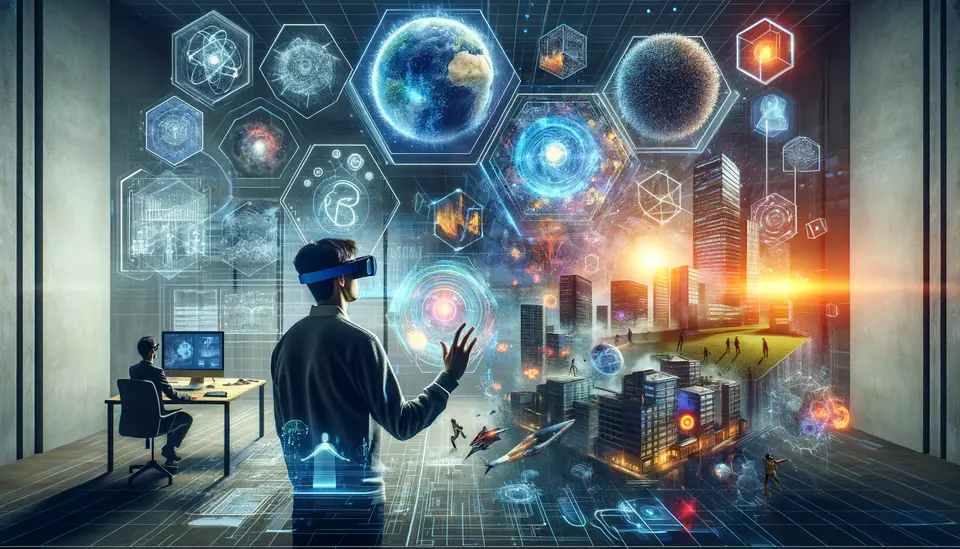
7. Sora’s Role Across Industries in MR
A. Use Cases in Healthcare, Education, and Manufacturing
Sora’s capabilities in mixed reality (MR) extend across various industries. In healthcare, Sora can be used to create realistic training simulations for medical procedures, enhancing the learning experience for healthcare professionals. In education, it can bring complex concepts to life through interactive MR content, making learning more engaging and effective. For manufacturing, Sora can assist in visualizing product designs and simulating manufacturing processes, aiding in planning and decision-making.
B. Sora in Retail and Marketing through MR
In the retail sector, Sora can revolutionize customer experiences by creating interactive MR content that allows users to virtually try products or experience services. This can lead to more informed purchasing decisions and enhance customer engagement. In marketing, Sora can produce captivating MR campaigns that offer immersive brand experiences, potentially increasing consumer engagement and brand loyalty.
C. Exploring Industrial and Scientific Applications of Sora in MR
Sora’s potential in industrial and scientific applications is vast. It can be used for architectural visualization, allowing stakeholders to explore and interact with design prototypes in a mixed reality environment. In scientific research, Sora can visualize complex data or simulate experiments, providing researchers with new insights and perspectives.
8. Challenges and Future Directions
A. Addressing Technical and Ethical Challenges
While Sora offers significant benefits, it also poses technical and ethical challenges. Ensuring the accuracy and realism of MR content, addressing privacy concerns, and preventing misuse are critical areas that need attention. Ongoing research and development, coupled with ethical guidelines, will be crucial in addressing these challenges.
B. Future Developments and Enhancements in Sora for MR
The future development of Sora will likely focus on enhancing its realism, interactivity, and ease of use in MR applications. Improvements in AI and machine learning algorithms will enable Sora to create even more lifelike and interactive MR content, broadening its applicability across industries.
C. Navigating the Ethical Landscape of AI in MR Content Creation
As Sora continues to evolve, it’s important to navigate the ethical landscape of AI in MR content creation carefully. This includes addressing concerns related to data privacy, user consent, and the potential impact of realistic simulations on user perceptions and behaviors.
9. The Future of MR with Sora
A. Predictions for MR Content Creation and User Experience
The integration of Sora into MR content creation is expected to lead to more immersive and interactive user experiences. As Sora becomes more advanced, MR content is likely to become more realistic, dynamic, and accessible, enhancing the overall user experience and expanding the applications of MR.
B. Long-term Impact of Sora on MR Technology and Applications
The long-term impact of Sora on MR technology and applications is significant. By providing a powerful tool for creating realistic and interactive MR content, Sora has the potential to transform how we interact with digital and physical worlds, driving innovation in various industries.
C. Concluding Thoughts on the Integration of AI and MR
The integration of AI, exemplified by Sora, into MR represents a major advancement in technology. This convergence is set to redefine the boundaries of digital interaction, offering new opportunities for creativity, learning, and business.
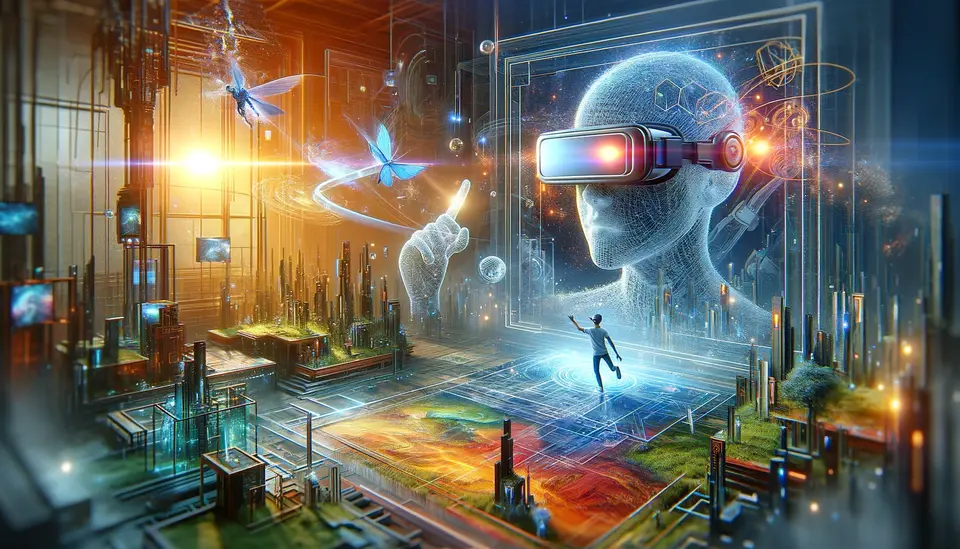
10. Conclusion
A. Recap of Sora’s Impact on MR
In this blog post, we have explored how Sora, OpenAI’s advanced AI model, is revolutionizing mixed reality (MR) content creation. From enhancing the immersive experience of MR environments to streamlining content production and opening new creative frontiers, Sora’s impact is profound and multifaceted.
B. The Broader Implications for the MR Ecosystem
Sora’s capabilities in MR extend beyond just content creation; they signify a broader shift in the MR ecosystem. By enabling more realistic, dynamic, and interactive MR experiences, Sora is not only changing how content is created but also how it is consumed and interacted with. This shift has implications for a range of industries, from education and healthcare to entertainment and manufacturing.
C. Encouraging Continued Innovation in MR with AI Integration
The integration of AI technologies like Sora into MR represents a significant leap forward in digital content creation and interaction. As we continue to explore the capabilities of Sora and similar AI tools, it’s important to encourage innovation and experimentation in this space. The future of MR, enriched by AI, holds exciting possibilities for more immersive, interactive, and creative digital experiences.

